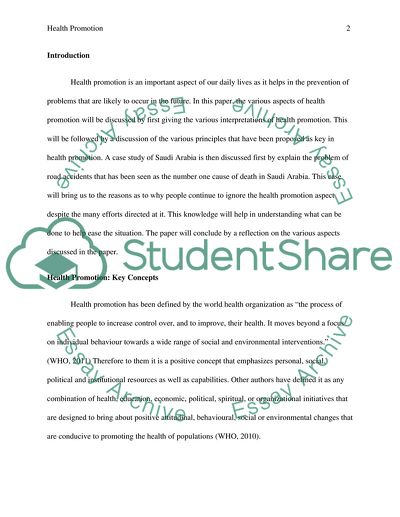Cite this document
(“Most car drivers in Saudi Arabia know the dangers they and others can Assignment”, n.d.)
Retrieved from https://studentshare.org/nursing/1586021-most-car-drivers-in-saudi-arabia-know-the-dangers-they-and-others-can-face-when-using-the-rodas-but-many-continue-to-ignore-advice-on-rode-safety-with-reference-to-health-promotion-literature-explore-the-potential-reasons-for-thid-ignoring-behaviour
Retrieved from https://studentshare.org/nursing/1586021-most-car-drivers-in-saudi-arabia-know-the-dangers-they-and-others-can-face-when-using-the-rodas-but-many-continue-to-ignore-advice-on-rode-safety-with-reference-to-health-promotion-literature-explore-the-potential-reasons-for-thid-ignoring-behaviour
(Most Car Drivers in Saudi Arabia Know the Dangers They and Others Can Assignment)
https://studentshare.org/nursing/1586021-most-car-drivers-in-saudi-arabia-know-the-dangers-they-and-others-can-face-when-using-the-rodas-but-many-continue-to-ignore-advice-on-rode-safety-with-reference-to-health-promotion-literature-explore-the-potential-reasons-for-thid-ignoring-behaviour.
https://studentshare.org/nursing/1586021-most-car-drivers-in-saudi-arabia-know-the-dangers-they-and-others-can-face-when-using-the-rodas-but-many-continue-to-ignore-advice-on-rode-safety-with-reference-to-health-promotion-literature-explore-the-potential-reasons-for-thid-ignoring-behaviour.
“Most Car Drivers in Saudi Arabia Know the Dangers They and Others Can Assignment”, n.d. https://studentshare.org/nursing/1586021-most-car-drivers-in-saudi-arabia-know-the-dangers-they-and-others-can-face-when-using-the-rodas-but-many-continue-to-ignore-advice-on-rode-safety-with-reference-to-health-promotion-literature-explore-the-potential-reasons-for-thid-ignoring-behaviour.


